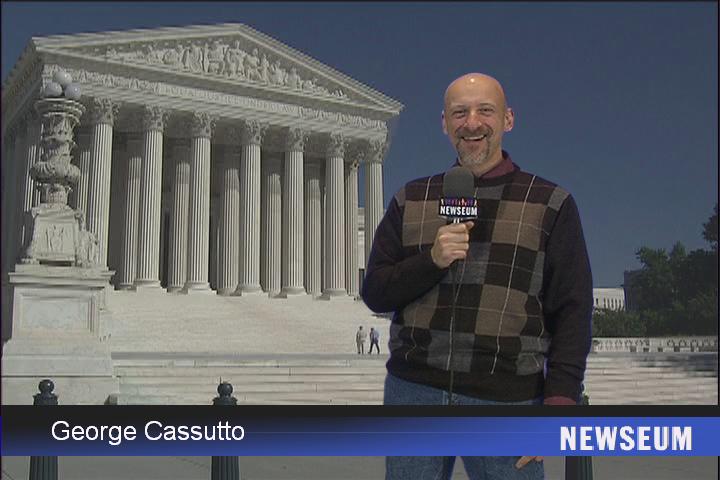 |
Investigating and Debating the Bill of Rights
A legal team will conduct an investigation into either side of the case. The team will divide into two smaller groups and find out what was argued in the case by one side. Each team member must take notes on the case and be ready to argue their side of the case before the class. As lawyers, you must be ready to respond to the case that the opposing side makes. Members of the class, acting as the Supreme Court, may ask you questions to find out more about the case or to see what you think the law or Constitution says about the situation in your case. Include previous cases that have guided the court before. The class will vote based on the information and persuasiveness of your presentation. |